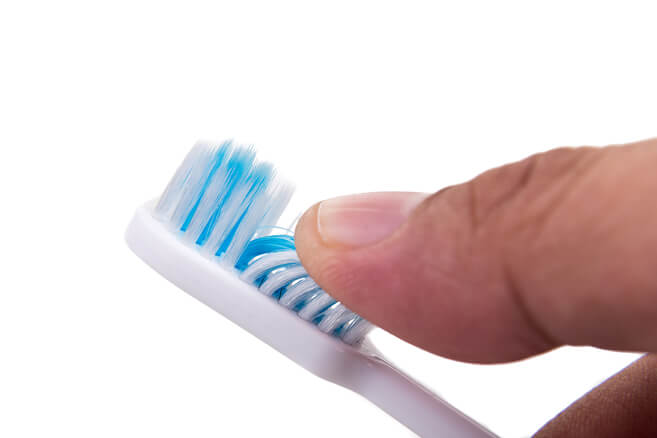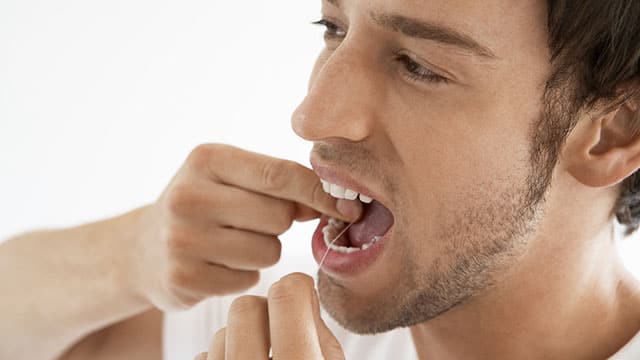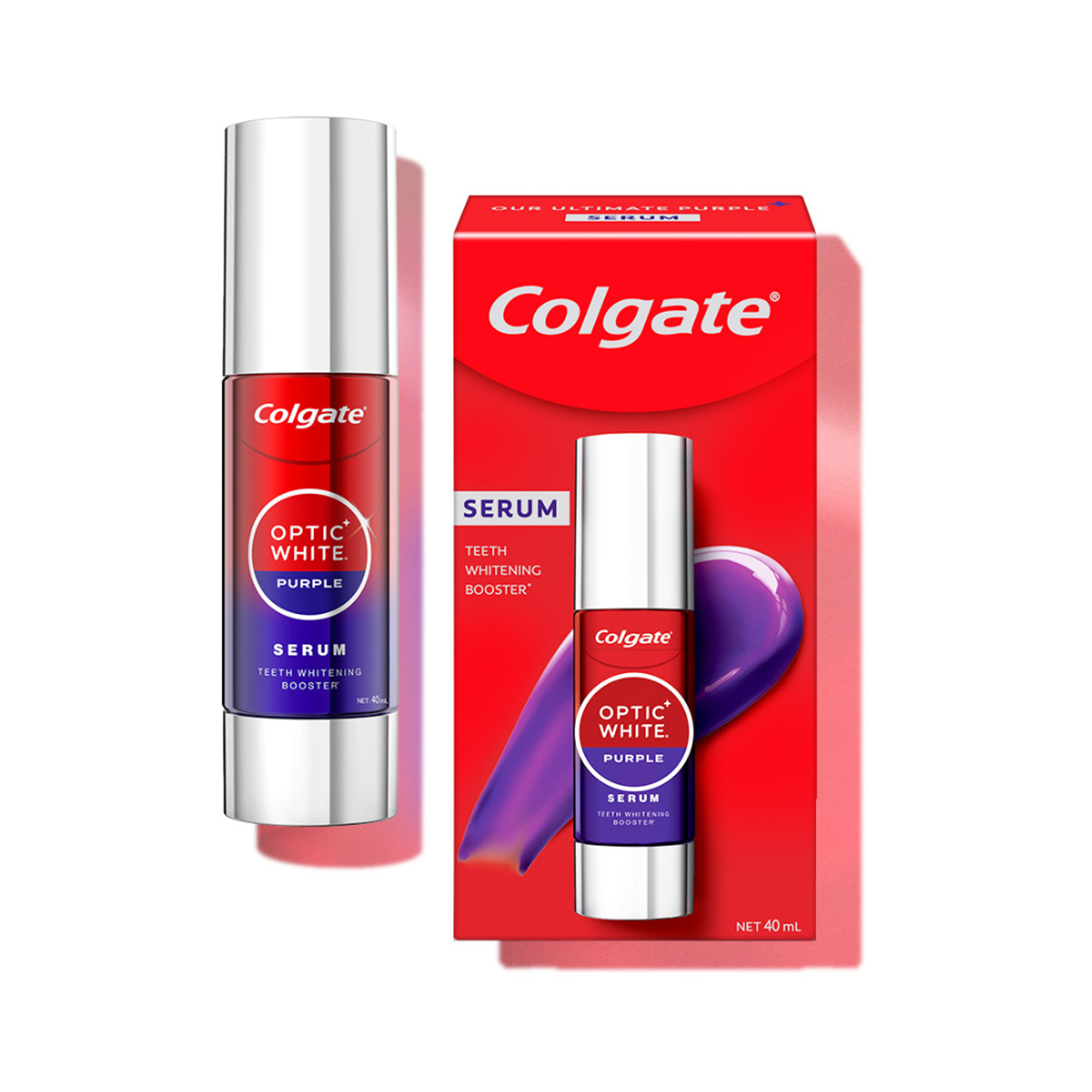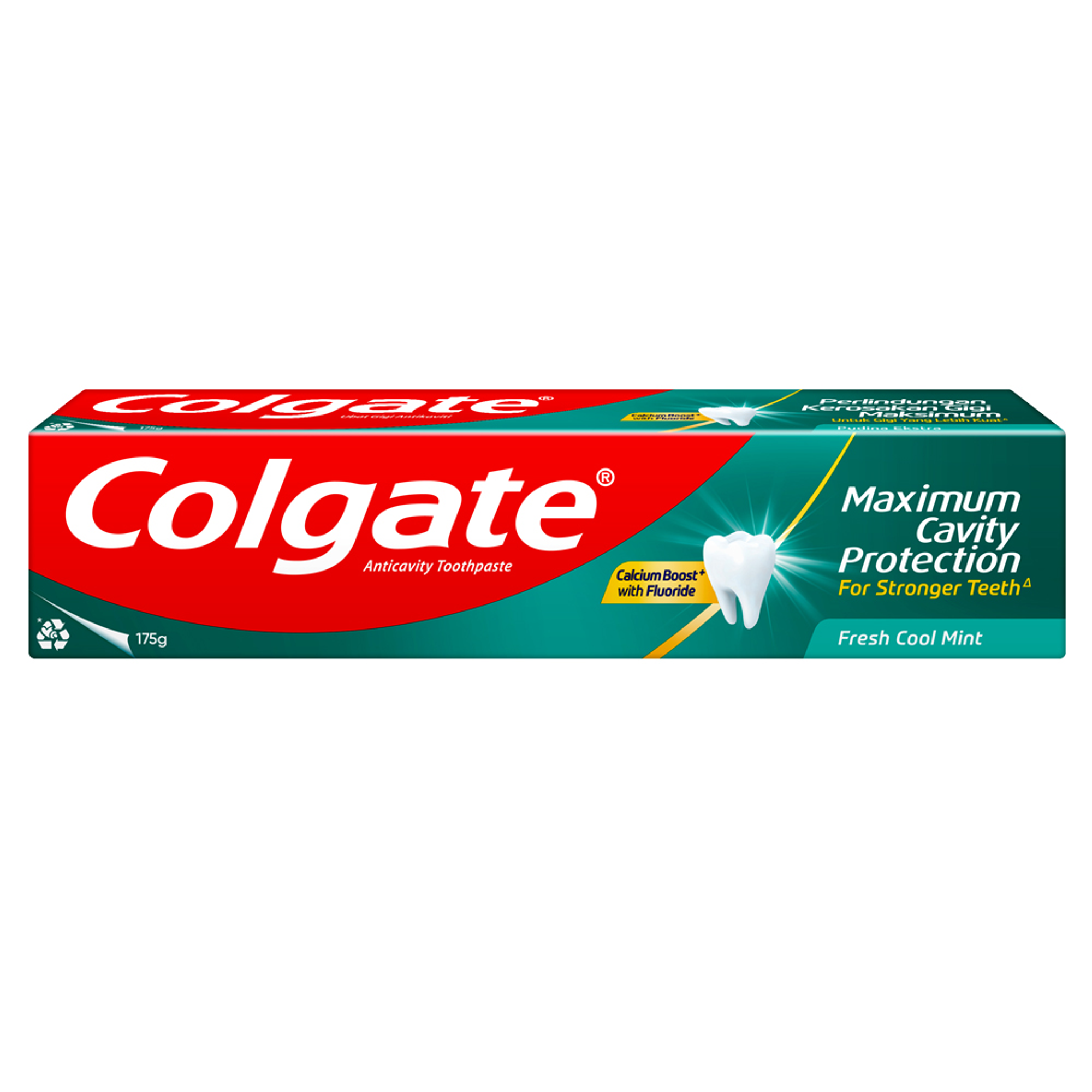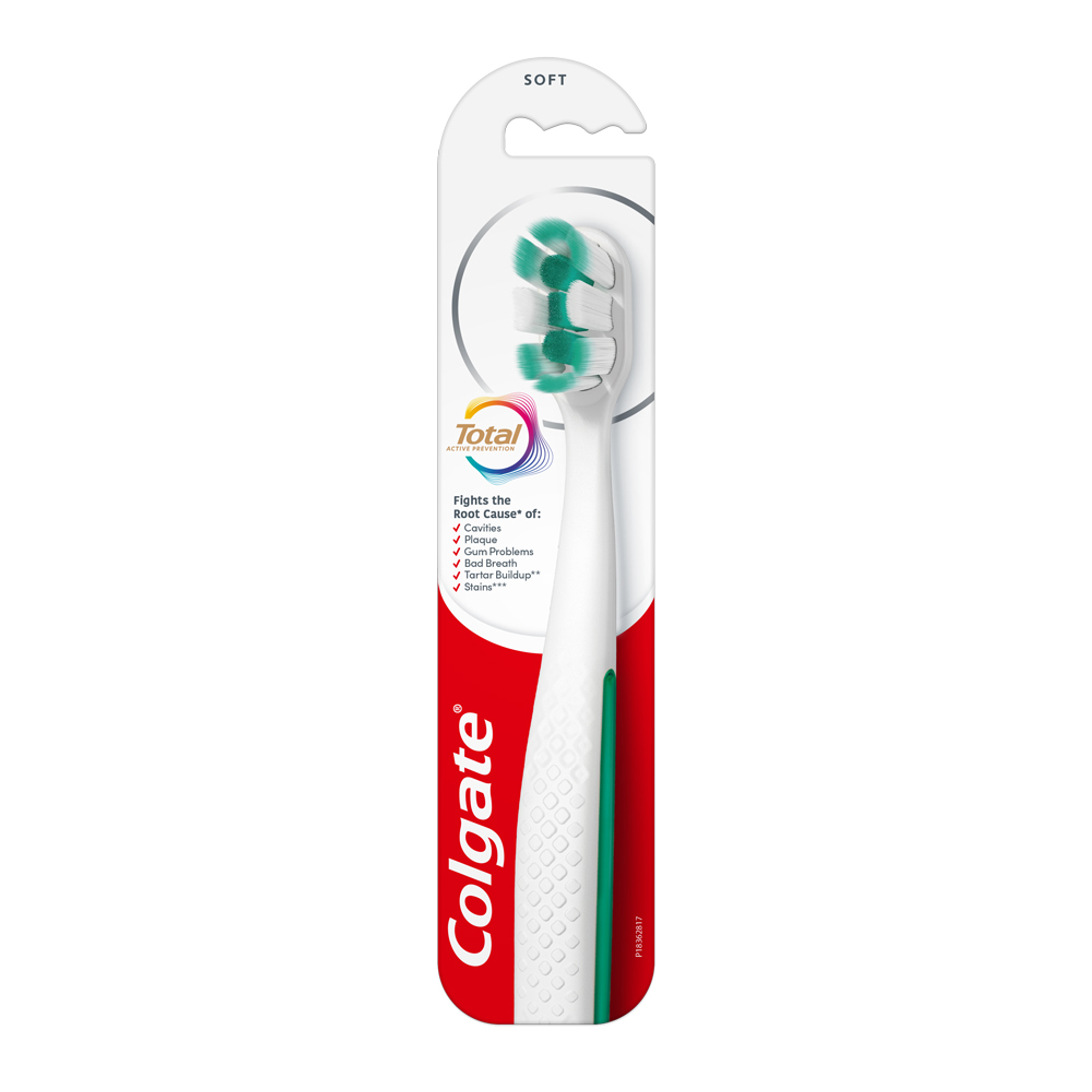Keep reading to learn when and how frequently you should change your toothbrush and what happens if you skip it. Discover the best toothbrush types available and tips to maintain your toothbrush for a healthy smile.
How Do I Know My Toothbrush Needs Replacing?
A toothbrush is an important tool for your daily oral care regimen. It clears plaque and food debris from the tooth surface and the gumline. Brushing twice daily helps prevent plaque buildup and various oral health problems. However, a toothbrush does not last forever. As you brush multiple times a day, its bristles are likely wearing out, and the brush loses its ability to clean efficiently.
So, how long does a toothbrush last? Whether for toddlers, teens or adults, the amount of time recommended by dentistry to use a toothbrush or an electric toothbrush head is typically two to three months. If you are unsure how to tell if it is time for a replacement, watch out for the following signs and conditions:
Toothbrushes Get Old and Frayed
A toothbrush in good condition helps clean teeth and gums effectively. However, signs of wear and tear start appearing as you use it with the right brushing techniques. The bristles may harden, look frayed and worn out, discolour, and smell bad. If not replaced, they lose their softness and the ability to flex gently to clean the mouth properly. Besides, they may also irritate or injure the gums. Regardless of how long you have had your current toothbrush, replace it quickly if you see wear and tear on the toothbrush bristles.
Replace Your Toothbrush After an Illness
Illness is another factor to consider when considering how often to replace toothbrush heads and bristles. It often indicates the presence of harmful bacteria and microbes all over the body, including the mouth. They latch onto the brush head and bristles and are likely to be reintroduced in the body after recovery if the infected toothbrush is not replaced. This is particularly seen in the case of viral and bacterial infections like strep throat. Hence, it is vital to replace your toothbrush after recovering from an illness. This supports your dental hygiene and saves you from potential reinfections.
Here is What Can Happen if You do Not Change Your Toothbrush Often Enough
Prolonged use of the same toothbrush can lead to various oral health concerns. Frayed bristles lose their ability to clean properly. Ineffective cleaning leaves bacteria and plaque behind. An old toothbrush may also gather harmful germs and microbes that can cause infections. This answers ‘How often should you change your toothbrush?’ to reduce the risk of various dental health problems, such as:
Plaque buildup: Worn bristles cannot clean the teeth effectively. It misses plaque and bacteria, allowing plaque to accumulate in the mouth.
Risk of gum disease: Poor cleaning and plaque buildup leads to gum infections. As a result, the gums bleed when you floss or brush, causing gum disease that may later become periodontal disease.
Bad breath: If bacteria are not properly cleaned away, they accumulate on the tongue and soft tissues in the mouth. They release odorous compounds, causing persistent bad breath.
Tooth decay: Inefficient cleaning promotes bacteria that thrive in plaque. These bacteria feed on sugar residues, releasing acids that decay the tooth enamel, eventually leading to cavities.
What is The Best Kind of Toothbrush to Use?
Choosing the right toothbrush is important for effective dental care. With numerous shapes, styles, and sizes of toothbrushes available in the market, it can be confusing to pick one that best suits you. Here are some factors you can consider to make the right choice:
Soft bristles: Most dentists recommend using a soft-bristled toothbrush. It works safely on the teeth to remove plaque without damaging the enamel or irritating the gums.
Small brush head: It easily fits into the mouth and can access all hard-to-reach areas, including the back teeth.
Powered vs manual: Both types of toothbrushes clean effectively. However, powered brushes can help those with special oral needs or limited movement.
Comfort: Look for a toothbrush design that offers comfort. Most handles have a non-slippery grip and flexible neck. Brush heads may be rectangular or tapered, while bristles can be flat, rippled or trimmed to a dome shape.
Seal of approval: Look for the seal of approval from the Singapore Dental Association. It assures that the product meets safety and quality standards.
Types of Toothbrushes
While you know how often to replace toothbrushes, choosing a toothbrush that fulfils your unique oral needs is important. From manual and electric to eco-friendly, you can find a variety of toothbrush types. They cater to diverse oral needs and preferences. Whether you seek comfort, style, efficiency or sustainability, there is a toothbrush designed for you. You may also consult a dental hygienist to find out what works best for you. Here are the main types of toothbrushes to explore:
Manual toothbrush: The simple, classic option that is widely available. A manual toothbrush is portable and easy to use whenever you need it. It does not make noise when in use, and its action is completely under your control. Proper brushing techniques help clean your teeth effectively.
Electric toothbrush: An electric toothbrush is powered by charging or using batteries. Its bristles rotate or vibrate to clean between teeth and along the gumline thoroughly. Some brushes include sensors to help you control the pressure and duration of brushing. These toothbrushes particularly benefit those with limited movement or dexterity.
Interdental toothbrush: A small brush that helps people who find it hard to floss or have larger gaps between their teeth. It is designed to clean the interdental gaps and hard-to-reach areas around braces, implants or bridges.
Eco-friendly toothbrush: Ideal for those who prefer an eco-friendly option. It is often made from materials like bamboo that decompose naturally. This helps reduce waste while ensuring effective cleaning of your teeth.
Maintaining Your Toothbrush
Like teeth, gums and dental wear, your toothbrush requires proper care. Besides knowing how often to change toothbrush heads and bristles, keeping them clean and hygienic is essential. Here are some useful tips to maintain your toothbrush properly:
Rinse the brush thoroughly with water after each use. This removes plaque, food debris, and residue from fluoride toothpaste that may be lingering on the brush.
Shake out as much water as you can and place the brush in an upright position in a clean and dry holder. Letting it air-dry helps prevent bacterial growth from moisture.
Avoid storing the brush in closed containers as they may trap moisture and promote bacteria.
Store the toothbrush separately to avoid contamination from other brushes and personal-use items.
Soak the toothbrush head in an antibacterial mouthwash or hot water for disinfection. Then, let it air-dry.
Avoid sharing toothbrushes as it can transfer bacteria and germs.
So, the next time you brush, check whether it is time to replace your toothbrush. Remember how often to replace toothbrush and brush heads, and change them every two to three months or when you notice signs of wear. Make sure to get a new toothbrush once you recover from an illness. Keep the toothbrush hygienic to support healthy teeth and gums. Such proactive care for your toothbrushing tool helps avoid oral health issues later. While choosing the right toothbrush for you, make sure to maintain it for a healthy smile.
Frequently Asked Questions
How often should I change my toothbrush?
Ideally, replace your toothbrush every two to three months, even if it works just fine. Change it sooner if the bristles look frayed, worn out, discoloured or smell bad. Recovery from illness is another factor influencing how often to replace toothbrush or electric brush heads. Replacing them following an illness avoids the chances of reinfection.
How long does a toothbrush last?
Typically, a toothbrush lasts two to three months, based on usage. Over time, the bristles can wear out and lose their ability to clean effectively. As inefficient cleaning promotes oral health problems, timely replacement of the toothbrush is important.
When should you change a toothbrush head?
It is ideal to replace electric toothbrush heads every two or three months or sooner if the bristles look frayed or worn out. Replacement is also necessary following an illness. This helps avoid possible reinfection from the microbes latching on to the bristles. Knowing how often to change toothbrush heads ensures effective cleaning and supports oral hygiene.
How frequently do dentists recommend replacing your toothbrush?
Dentists usually recommend replacing your toothbrush every two to three months. This helps ensure effective cleaning of your teeth and gums. If the bristles become frayed or worn out, or if you just recovered from an illness, replace the toothbrush sooner to maintain good oral hygiene.





